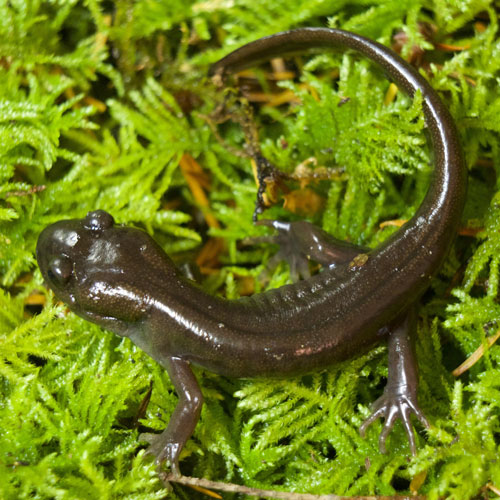Fast Facts
Where they live
- View a map of where they live
- In Washington state current population and range is not known, it is thought that they used to be more widespread than last consensus.
- Prefer slow, cold water with lots of plants.
- Will use temporary or permanent water sources in meadows, woodland and marshes.
- Do not stay in breeding areas when not breeding, can be found in undergrowth away from water.
Breeding
- Breeding season is March to June, depending on temperature and elevation.
- Eggs are laid in tight masses and many frogs will lay their eggs together in calm shallow water.
- Eggs can hatch in just a few days.
Cool Biology Facts
- Hibernate in winter at bottom of ponds or streams either buried in sediment or under rocks or logs
- In Canada leopard frogs were used in most biology classes at schools as dissection specimens
- When picked up, can utter a very loud ‘scream’
- If frightened they will often jump in a zigzag pattern to the closest water source and dive in.
Threats
- Northern leopard frog populations were once widespread throughout the northern United States and Canada, but current populations are decreasing.
- Main threats include introduced nonnative species and habitat loss.
- View their status on the IUCN Red List of Threatened Species.

Amphibians & Reptiles of Washington
Do you know where rattlesnakes live in our state? Or which salamander breathes through its skin? Explore the fascinating diversity of the 26 species of amphibians and 28 reptiles found in Washington state.

